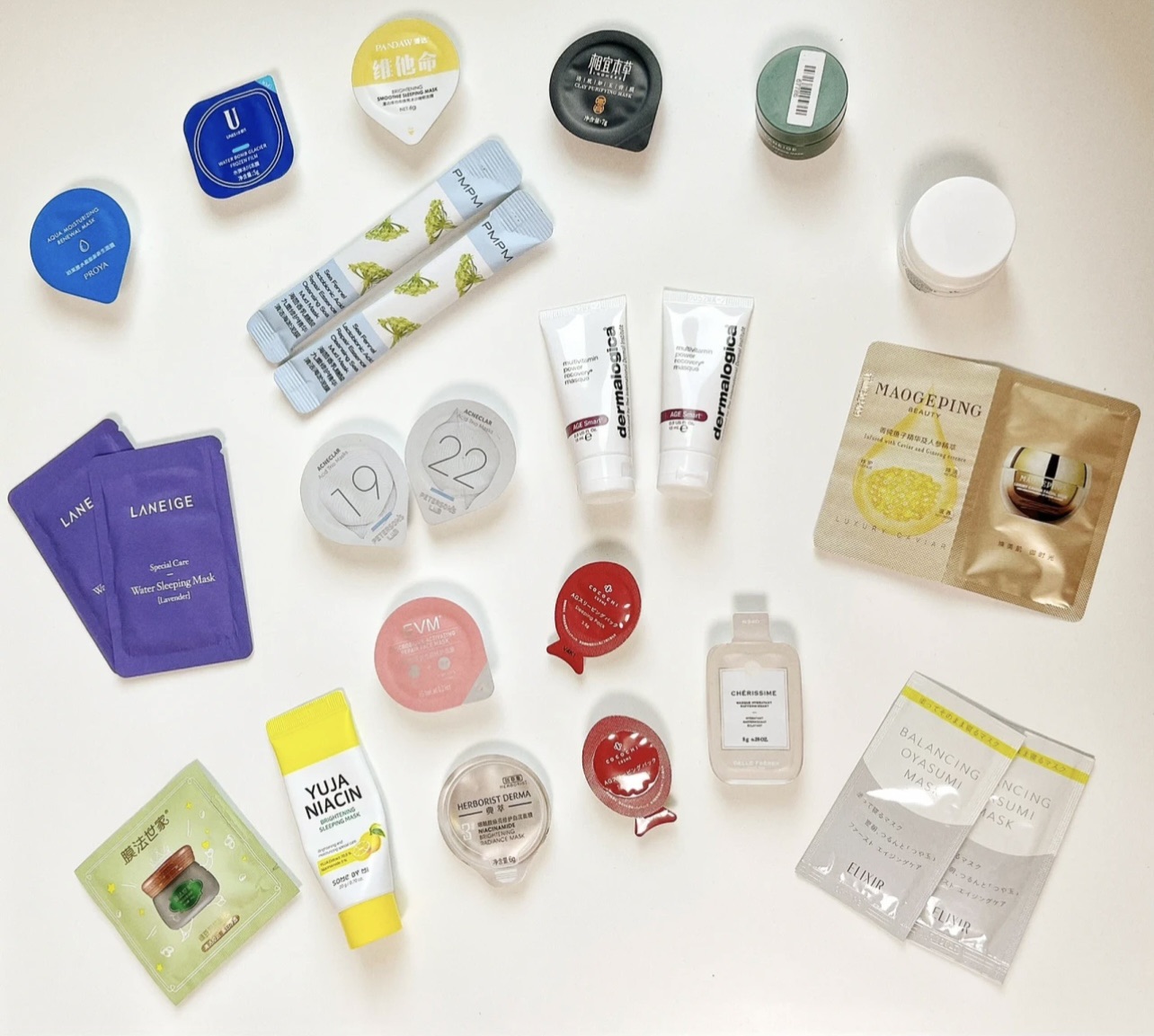small samples are gradually tearing off the attribute labels
Samples and experiential clothing not only have skyrocketed online, but offline stores have also found that more and more beauty products have joined this race.

Generally speaking, the official channels of the brand do not directly sell small samples. Purchasing formal clothing and giving away small samples for free are only used as marketing and promotional means for beauty brands, and a large number of small samples are therefore clearly labeled as "not for sale". However, facing cosmetics that are often hundreds or thousands of times, small samples or experiential outfits can undoubtedly reduce consumers' trial and error costs. As a result, this "small business" has always been highly regarded.
Nowadays, small samples are gradually tearing off the attribute labels of "free" and "not for sale", and more and more brands are actively selling small samples.
In terms of marketing, most brands also offer formal "repurchase coupons" to attract consumers to repurchase when selling experiential clothing online.

If online is the world of international brands, then offline, domestic beauty products are using small-scale experiential clothing to impress young people and leverage the market.
Overall, the unit price of small-sized products is relatively low, mostly below 50 yuan, with the price range of 10-30 yuan being the most common. Customized products are a way for channel merchants to use their store advantages and centralized procurement advantages to lower prices for the brand, and in fact, they are also aimed at promoting sales. Several brand owners and individuals related to physical retail channels have stated that the new retail channels are now very popular with cosmetic experience clothing and smaller size products. That is to say, beauty brands have become accustomed to reducing capacity and selling in smaller specifications and lower unit prices through offline channels.
Attracting new and promoting small products, creating great business opportunities.In fact, the popularity of experiential clothing is closely related to changes in consumer trends.
The current second throw essence is very similar to the sales mode of Meiji facial mask in those days. Consumers can choose products of different brands and different effects and combine them freely. Other products such as 30g facial cleanser and 50g water emulsion also follow a similar logic, reducing capacity and keeping the unit price per customer down, providing consumers with more choices, which will also become a trend.
The emergence of small-sized products is actually a common choice between channels and brands. Channel merchants are based on their perception of the purchasing power of incoming customers, while brands are based on their understanding of the quality of their own products. By reducing specifications, lowering prices, attracting consumers to try out new products, achieving sales, and then forming a transformation of secondary repurchase, this is a path that has been proven effective.

In the final analysis, consumers are more cautious, their consumption decisions are more rational, and the way of experiencing before consuming is becoming increasingly popular. Whether brands use sample marketing or directly launch small size products, they are all aimed at reducing consumers' trial and error costs and stimulating more consumption potential. Whether it's a one-time sale or a second repurchase depends on the strength of the product.
- Previous: 特殊人群专用漱口水,特定人群的“特调”
- Next: A mouthwash product made in China
